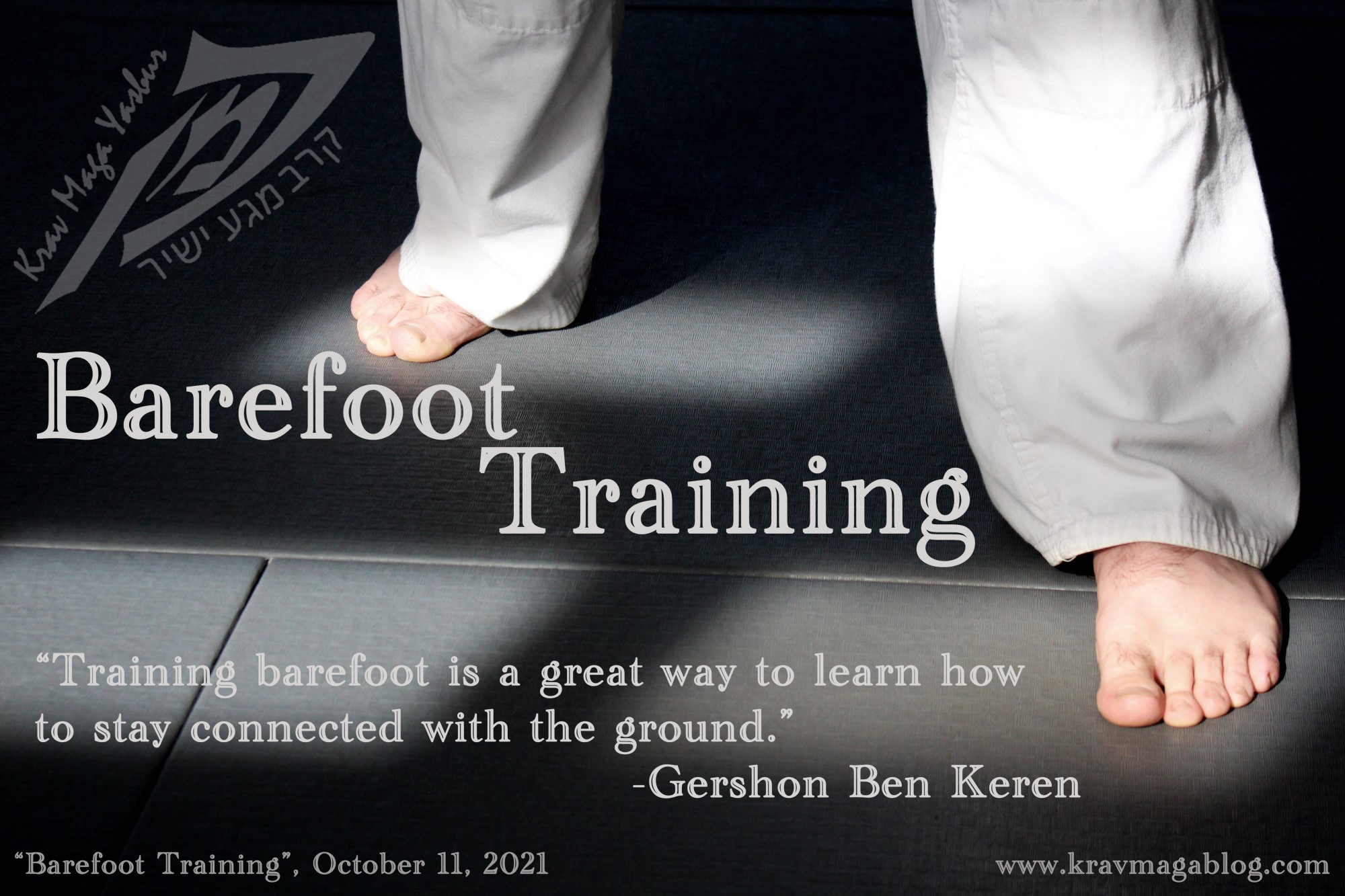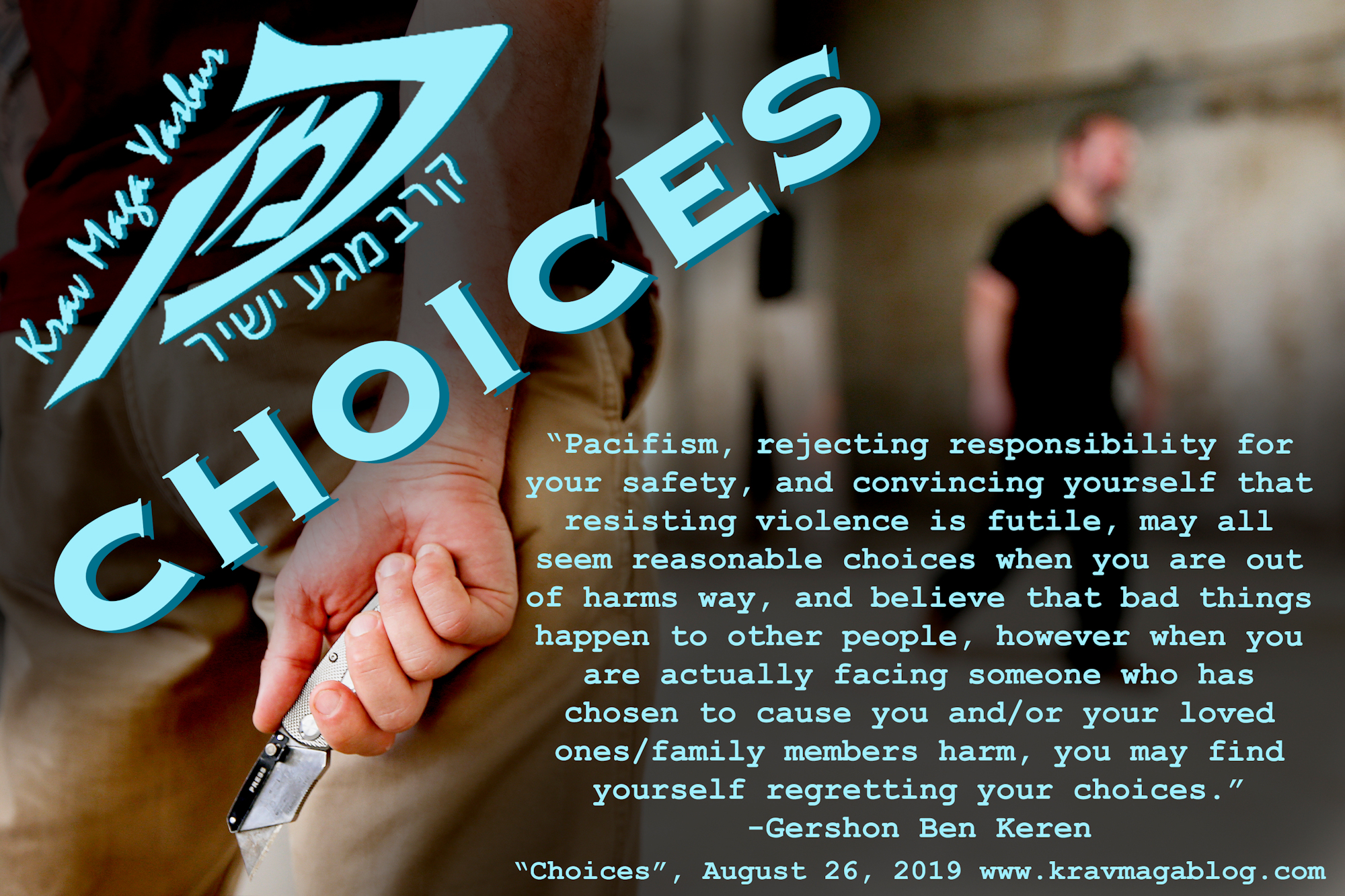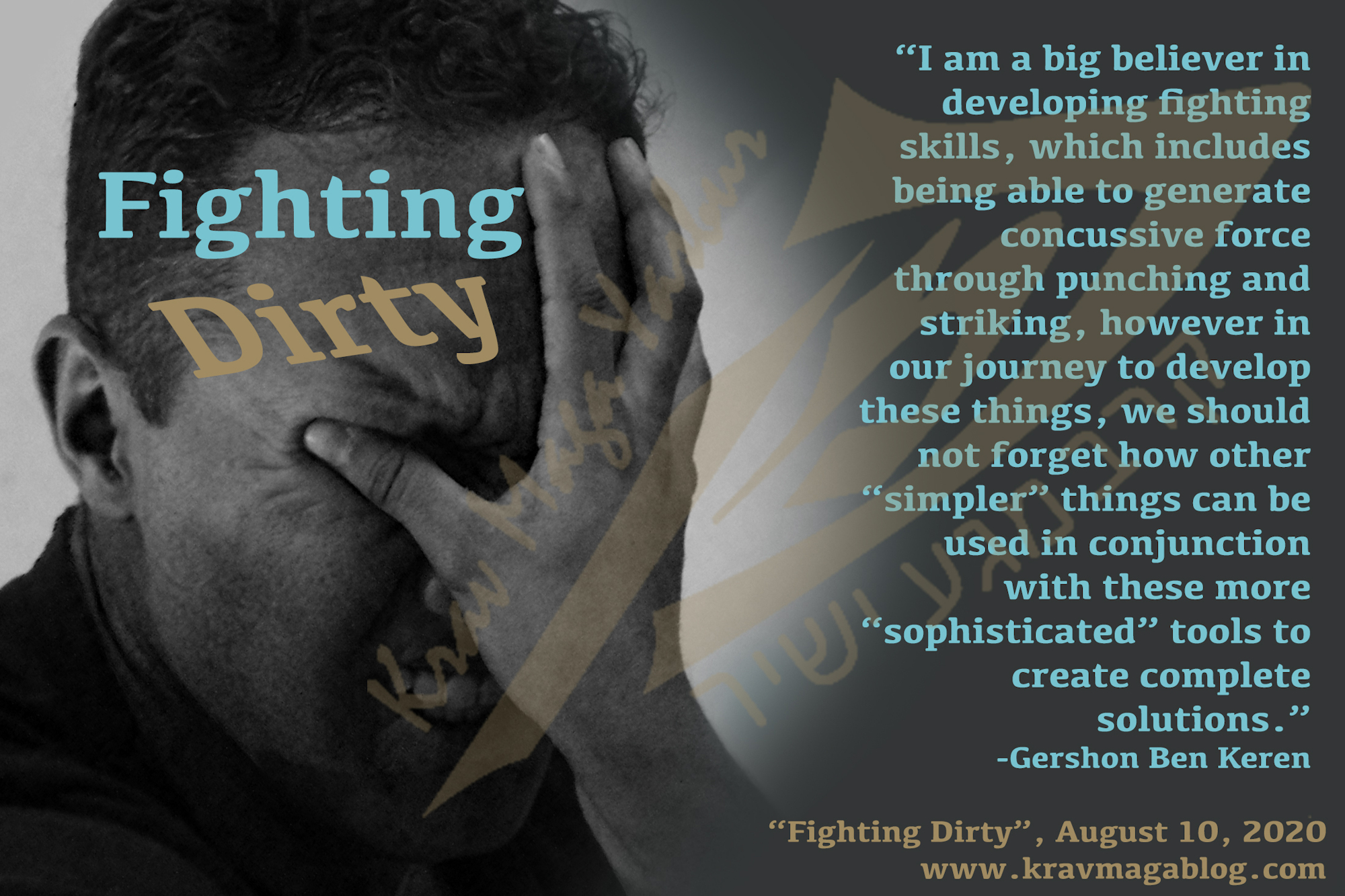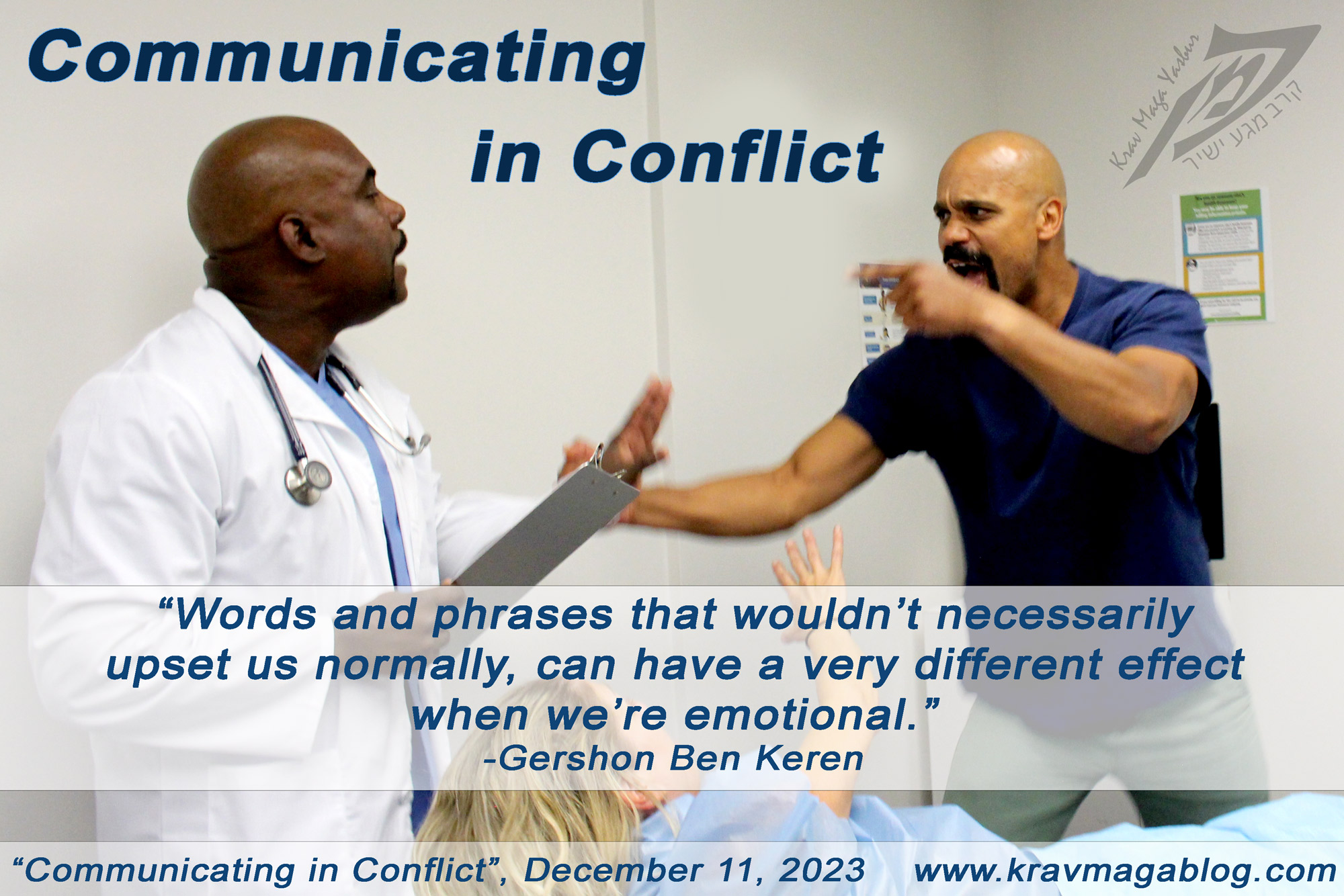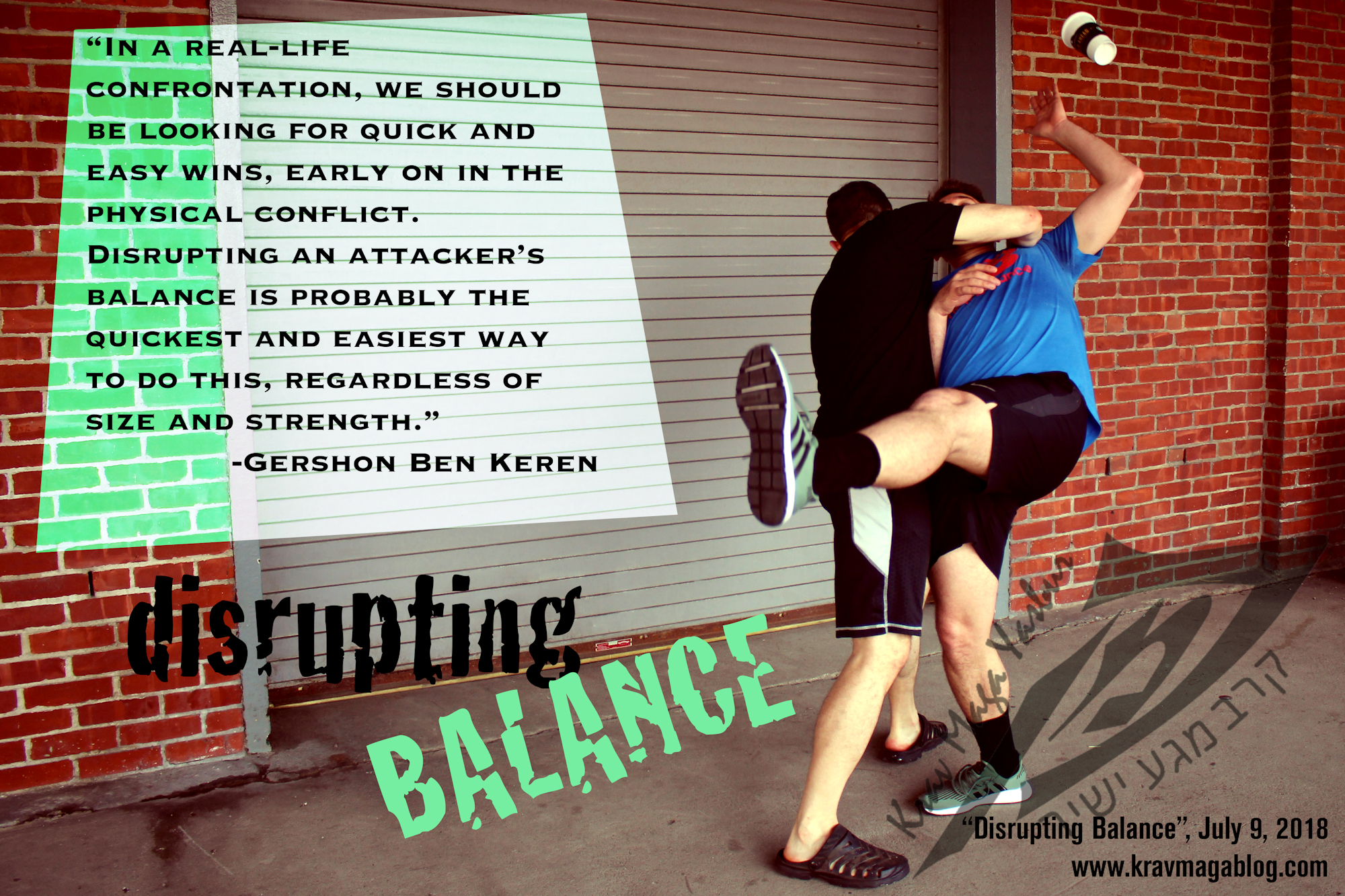Disrupting Balance, is an article written by Gershon Ben Keren, a 5th Degree Black Belt in Krav Maga, who teaches Krav Maga in Boston, MA. He has also authored three Amazon best-Selling Books on Krav Maga.
I’m a Judoka, I understand combat from the perspective of a grappler, rather than a striker – this doesn’t mean I advocate grappling over striking, rather that I understand striking from a grappler’s perspective. I see striking not only as a means of delivering concussive force, which throwing can also be used to achieve, but as a distraction or disruption; something taking a person’s balance achieves. Both grapplers and strikers are looking to achieve similar things in a fight, however both use different means to achieve them – as an approach, both are looking to do the same thing. A striker will favor disruptive strikes, such as flicks to the eyes, etc., and forceful/concussive blows; whilst a grappler will look to take balance as a means of disruption, and throws and takedowns to take the fight out of an attacker. Different methods to achieve the same goals. Both strikers and grapplers may draw lines in the sand which reflect their tribalism, and partisan sympathies, but at the end of the day neither is absolutely right or wrong e.g. taking somebody’s balance can be as effective, and more so or less so, than a punch or a strike; the skill of the individual performing/executing the solution is what determines whether it will be successful or not. This is where techniques, take a back seat to skills and attributes e.g. a Karateka who can deliver greater concussive force when it is called for, will trump a Krav Maga practitioner who struggles to do the same, even if they are practicing what is deemed to be a more realistic or effective system. The taking of balance as a set up for both throwing and striking often gets overlooked.
A good strike/punch accomplishes little, unless an aggressor/opponent is put in a disadvantageous position. In competition and tournaments, I have been punched and kicked with extreme force, but to little effect – this is not to portray myself as some kind of hard person who is able to tolerate a lot of pain, but rather to point out that unless a strike, or other form of attack, can put somebody in a disadvantageous position, it is unlikely to be effective. In a professional combat sports match such as boxing or MMA, both participants are capable of delivering a knock out strike and/or submission, but it normally takes them a period of time for one of them to achieve this – as they are unable to put the other competitor in such a position, that they can do this. Taking a person’s balance is one of the best ways to disadvantage them, whether the finishing technique is a strike or a throw — and there is more than a little science and scientific research to back this up.
Dr Gerhard Roth, a Zoologist who has studied, and written extensively about the evolution of the human brain and mind, states that all of our other senses are subservient and subordinate to that of balance. As a disrupting force, balance trumps pain, and any other visual stimuli. What we feel is much more compulsive than what we see. This is not to say that the follow up to the taking of balance has to be a strike or a punch, but rather that the taking of balance will result in a much more effective strike or punch i.e. unexpected pain when unbalanced is experienced to a greater degree than when the person is balanced – even an “uneducated” fighter knows this, which is why one of the most common attacks is for somebody to push you and then punch you. Even when a person knows their balance is being played with, such as when wearing a virtual reality head-set, they can’t do anything — consciously or subconsciously — to counteract the effects. Whilst we can manage pain, we can’t manage being unbalanced. When we are attempting simultaneous and near-simultaneous counter attacks, taking an attacker’s balance, should be considered alongside that of delivering disruptive and concussive force – if both can be achieved as part of the same process, this is something that should be sought.
This is why it is important to keep a fight dynamic, even if this requires us to move more, and expend more energy – I don’t hold to the idea that in a conflict, energy conservation is your primary goal i.e. you should be looking to end the fight as soon as possible, and if this means setting the pace early on, you should do so – I have worn people out in a few seconds by coming out of the gate at 100 mph, and exhausting them before they have had the time to catch their breath, etc. Balance-taking should be part of every knife and gun disarm/control, as well as a strategy and technique against an empty-handed attacker. Bursting forward, is one way to achieve this, but pulling and creating lateral movement is also important, as it may not always be possible to direct a fight in one direction. Taking balance quickly, is one of the most effective ways to disrupt an assailant; if it can be done whilst administering pain, all the better.
In a real-life confrontation, we should be looking for quick and easy wins, early on in the physical conflict. Disrupting an attacker’s balance is probably the quickest and easiest way to do this, regardless of size and strength. The science backs this approach up, as well as experience e.g. rag-dolling somebody around is one of the quickest ways to negate their ability to respond aggressively and effectively. Being able to “add” to somebody’s movement by stepping back as they push, or turning, rather than resisting their movement is a key self-defense skill to develop. If there is a large size and weight disparity, then trying to disrupt an attack using concussive force may not be effective, whereas playing with their balance may be. If attacking an assailant’s balance can be used to make strikes, throws and takedowns more effective, in most cases it really doesn’t matter which option you take, along as its preceded by a balance break.
0 COMMENTS
